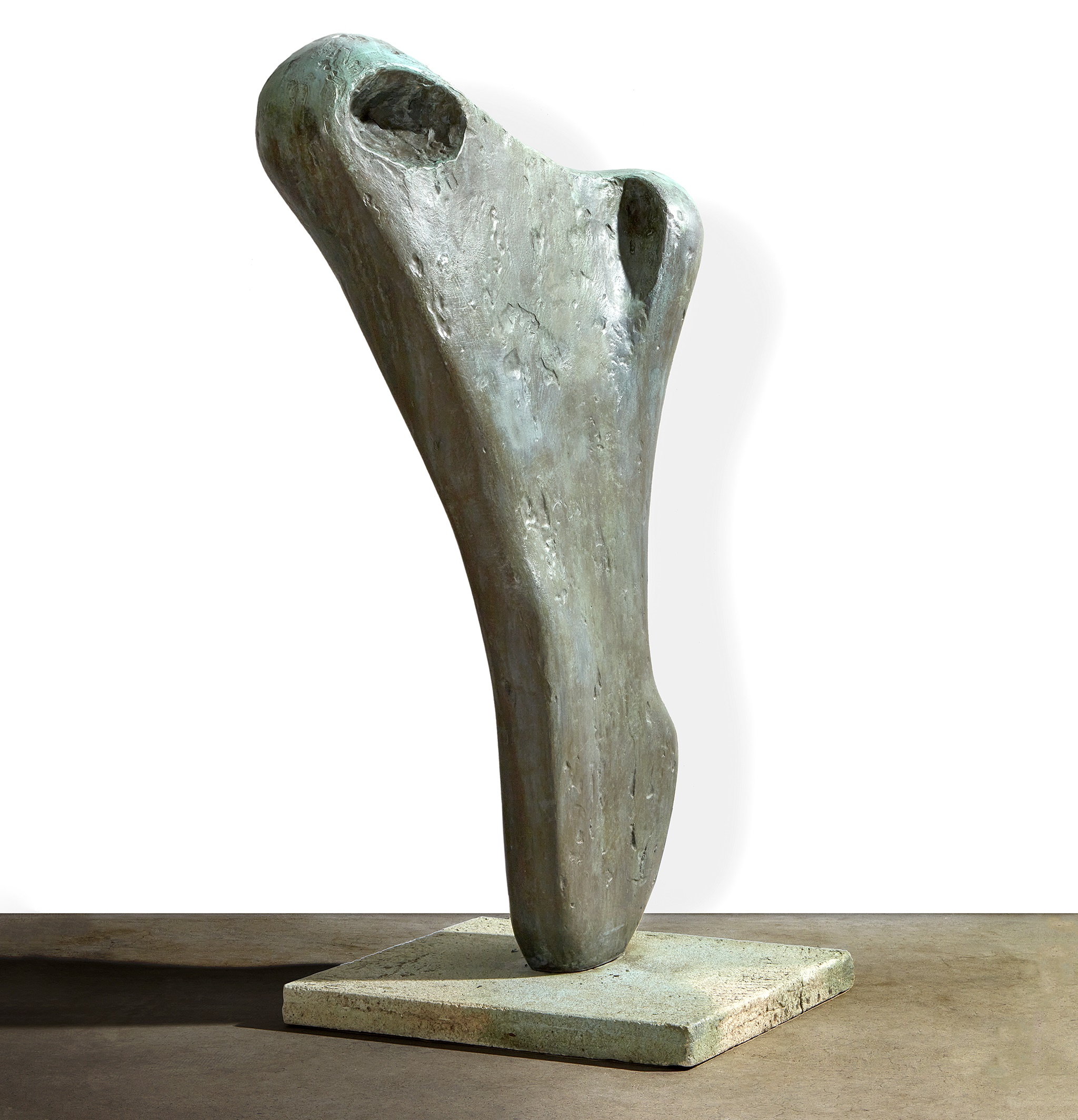
The life and work of renowned sculptor Barbara Hepworth (1903-1975) have been an immense source of inspiration for those working in contemporary art. She was at the forefront of a generation of British sculptors who helped to redefine modern sculpture. Her works often question the limits between man and nature, reflecting her deep affinity with the elemental powers of matter. In this article, we take a closer look at her achievements, as well as her transcendent legacy:
Barbara Hepworth is one of the most influential sculptors in the twentieth and twenty-first centuries, becoming a household name in the art scene for her pioneering approaches to modernism. From her early works and exhibitions to her influence on many artists today, Barbara Hepworth’s life and legacy remain a fundamental part of modern art history.
Barbara Hepworth sculptures opened a new world of possibilities, mainly through her experimental combinations of materials, including wood, stone, and bronze. Her legacy stands proudly throughout the ages and is one to which many sculptors can trace their creative ideas. She was an artist whose passion pushed boundary after boundary to get it just right.
Early Life & Education
Barbara Hepworth was born in Wakefield, England, in 1903, growing up with a keen interest in art and sculpture from an early age. She studied at Leeds School of Art, eventually winning a scholarship to the Royal College of Art London, where she won several prizes during her studies. In 1951, she became an associate member of the Royal Academy.
A Distinct Style & Vision
Barbara Hepworth’s vision transcended traditional artistic forms and boundaries, resulting in some genuinely captivating sculptures held up today as some of the most memorable pieces within the modern sculpture. Always experimenting with her craft, she developed what is now known as ‘positive/negative space.’ This refers to how negative space shapes how we perceive form and even gives structure to physical bodies – formulating our expressions as human beings, all while creating new ways in which people interact with the sculpture.
The foundation of Barbara Hepworth Sculptures is based on creating abstract shapes through wood carving and stone sculptures, focusing around experimenting with simple geometric shapes that often spoke about themes such as sea landscapes or motherhood. Her approach towards modernism was innovative compared to what was traditional in physical sculpture at the time -she combined typically hard materials such as marble with softer materials like copper wire -and enabled her to create unique tactile pieces that called upon contemporary experiences and emotions.

Influence & Legacy
Barbara Hepworth significantly influenced prominent sculptors during her lifetime, who cited her works as inspirations for their practices. Throughout different mediums such as painting, poetry, and more contemporary 3D visual arts, including installation art, it is evident that Hepworth’s use of rhythmical lines can be seen in most aspects of these forms today.
Notably Influential Works:
Hepworth’s sculptures often explored the physicality of core forms alongside symbols that reflect internal emotion or feeling. One such notable piece is ‘Single Form’ (1964), part of a series featuring straightforward geometric structures coupled with seemingly mathematical ordering systems that conveys subtle containments beneath their exterior stillness – embodying inner meanings to be understood through an observing eye. Explore more of her work at Bidsqaure.com
Hepworth passed away in 1975 but left us an inspiring body of work that will continue to inspire people worldwide for generations to come – she stands amongst many other avant-garde artists past and present who pushed artistic boundaries forwards when there appeared to be none visible before them!
Her iconic Garden Sculptures have also become legendary worldwide for their sublime depictions that immortalise natural beauty through abstractions chiselled from marble blocks – thereby inextricably linking us to nature at its most basic level. These sculptures explore points where dream states collide head-on with material tactility – conveying shape through various rhythms composed into harmony between man and environment.
Final Word: The Life & Legacy Of Barbara Hepworth
The enduring impact felt by Barbara Hepworth’s work cannot be overstated. She left behind an oeuvre rich with insight towards our understanding of what pure sculpture truly represents – enabling us to see beyond traditional limitations placed upon creativity itself, propelling expression forward along revolutionary pathways found only sometimes by extraordinary individuals like herself. It is no wonder why decades later, she remains remembered today as one of the most pivotal pioneers modern-day art has championed – forever recognized and appreciated.
KEY TAKEAWAY
–Early Life & Education
–A Distinct Style & Vision
–Influence & Legacy
-Notably Influential Works
-Final Word: The Life & Legacy Of Barbara Hepworth

